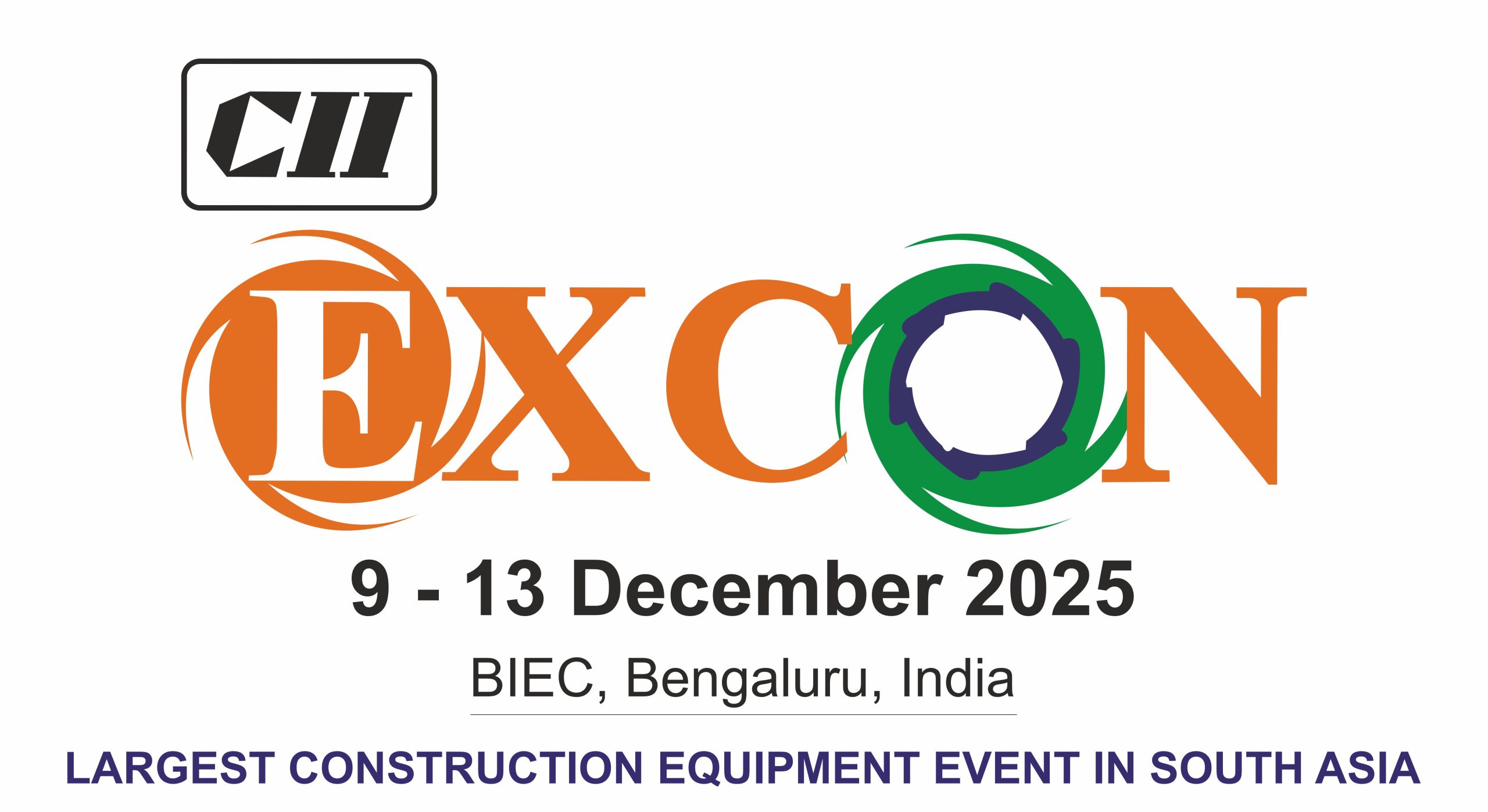India’s demand for green steel is expected to rise strongly, reaching about 4.49 million tonnes by 2030. This growth will mainly come from the construction sector, which will need more than half of this demand, followed by infrastructure and automobiles.
Green steel is steel made with cleaner methods that release far less carbon into the air. It is an important step in fighting climate change and building a sustainable future. To achieve this, India will have to adopt new technologies like hydrogen-based production, electric arc furnaces and renewable energy use in steel plants.
Today, green steel costs much more than regular steel. The extra price is around $210 per tonne, but by 2030 it may fall to just $7 per tonne. This big drop can make green steel affordable for industries and speed up its adoption.
In my view, the opportunity is exciting but also challenging. India must invest in new plants, make hydrogen cheaper, and ensure enough clean power supply. Government policies and incentives will play a key role in encouraging industries to move toward green steel.
If India takes bold steps now, it can become a global leader in green steel and at the same time cut pollution and meet climate goals. But if these hurdles are not addressed, the journey could be much slower and more costly.










